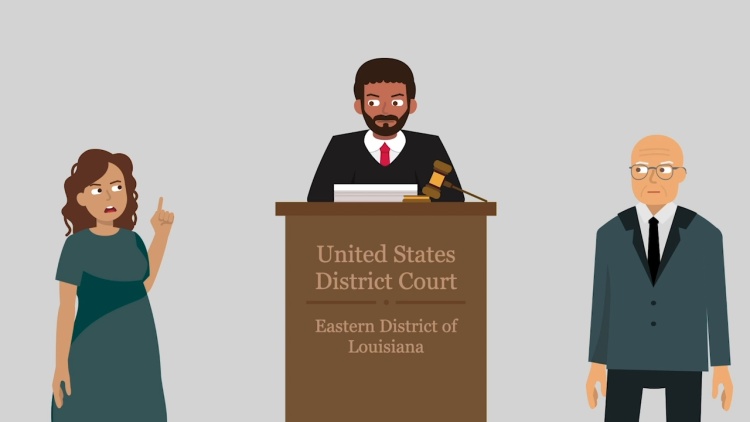Castano v. American Tobacco Co.
United States Court of Appeals for the Fifth Circuit
84 F.3d 734 (1996)
- Written by Jamie Milne, JD
Facts
Dianne Castano and others (collectively, Castano) (plaintiffs) sued American Tobacco Company and seven other tobacco companies (defendants) in federal district court. Castano sought the certification of a class action to recover damages on various claims associated with the tobacco companies’ alleged fraudulent failure to warn smokers of nicotine’s addictiveness and manipulation of nicotine levels to ensure ongoing addiction. The proposed class was to include all nicotine-addicted individuals in the United States who were born after 1943 and smoked the tobacco companies’ products. The class would have included millions of people. The district court concluded that the prerequisites for certification under Federal Rule of Civil Procedure 23(a) were satisfied. It conditionally certified a class under Rule 23(b)(3), which allows certification based on the predominance of common questions and the superiority of a class action over individual trials. The tobacco companies filed an interlocutory appeal to challenge the validity of class certification.
Rule of Law
Issue
Holding and Reasoning (Smith, J.)
What to do next…
Here's why 899,000 law students have relied on our case briefs:
- Written by law professors and practitioners, not other law students. 47,000 briefs, keyed to 994 casebooks. Top-notch customer support.
- The right amount of information, includes the facts, issues, rule of law, holding and reasoning, and any concurrences and dissents.
- Access in your classes, works on your mobile and tablet. Massive library of related video lessons and high quality multiple-choice questions.
- Easy to use, uniform format for every case brief. Written in plain English, not in legalese. Our briefs summarize and simplify; they don’t just repeat the court’s language.








